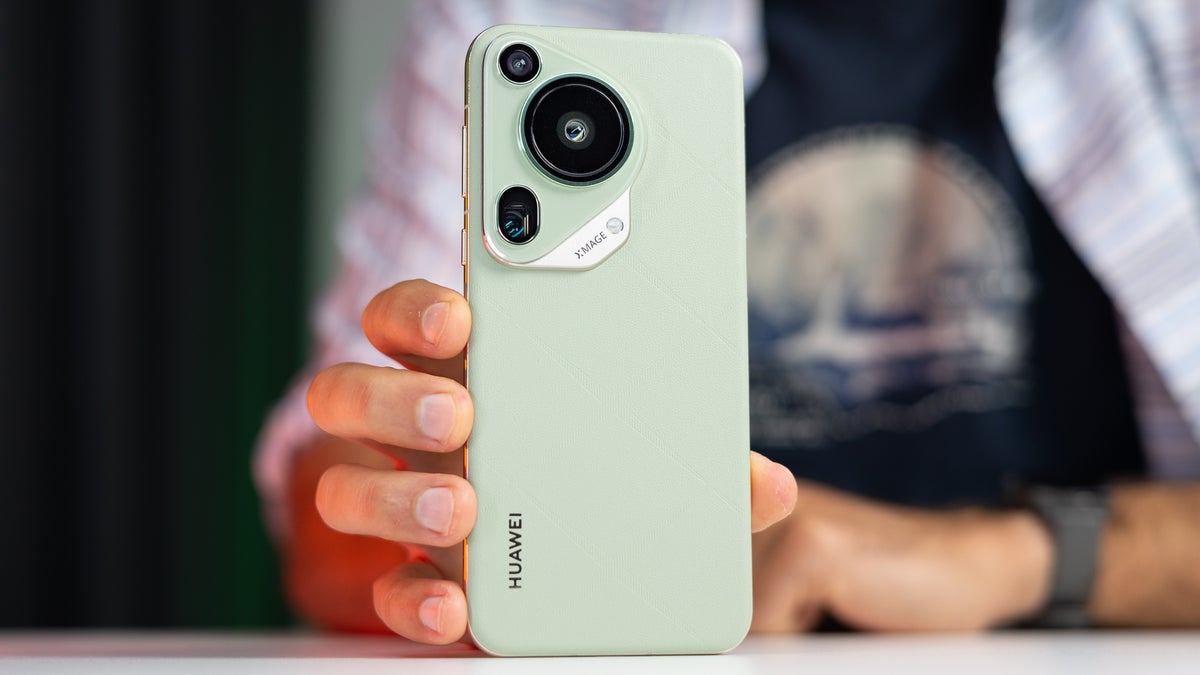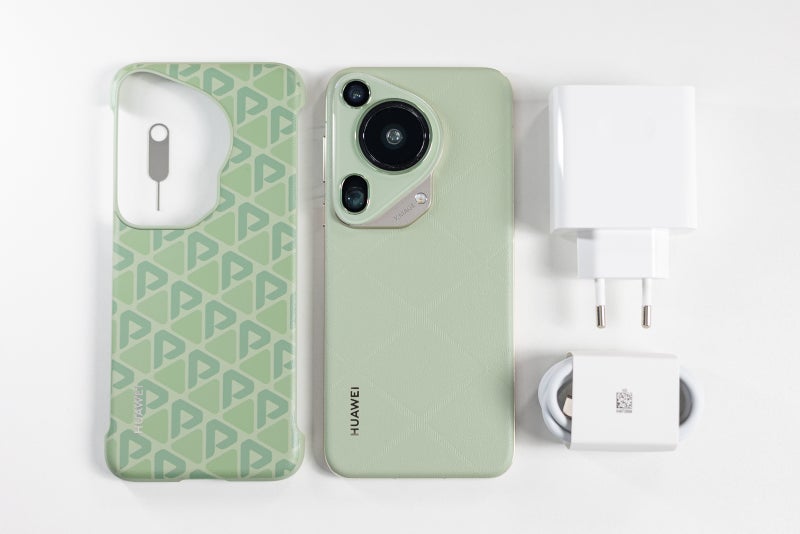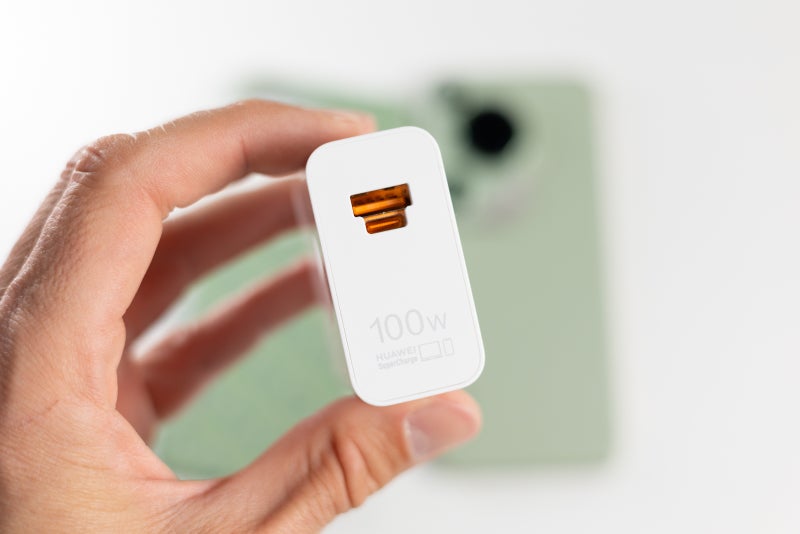Huawei Pura 70 Ultra Intro
Add to the mix a very interesting design, a completely different ecosystem, and a pretty hefty price tag on top of the limited availability, and you’ll get the level of complexity this phone carries. Huawei says it’s a new era for the P-series, focused on imaging technology, aesthetic design, and original style.
Is the Pura series going to be a phoenix rising from the P-series ashes? And is it capable of competing with the big boys, given the inherited genetic flaws of its predecessors? We’re here to find out!
Our phone rating is a composite of several different ratings in key areas. Each of these has its own weight, and own set of tests and variables. The ultimate goal is to end up with an objective score. One that mirrors the overall user experience the closest.
Table of Contents:
Huawei Pura 70 Ultra Specs
A lot of unknowns
Let’s start with an overview of the Huawei Pura 70 Ultra specs:
| Specs | Huawei Pura 70 Ultra |
|---|---|
| Size and Weight | 162.6 x 75.1 x 8.4 mm, 226 grams |
| Display | 6.8 Inch, 2844 × 1260, 1-120Hz Refresh Rate, 1440Hz PWM Dimming, HDR Vivid Crystal, Armor Kunlun Glass |
| Processor | Kirin 9010 (7 nm) |
| Software | EMUI 14.2 |
| Cameras | 50MP Main, 1-inch Sensor, F1.6~F4.0 variable aperture, Sensor Shift OIS 40MP Ultra Wide-Angle Camera, F2.2 Aperture 50MP Macro Telephoto Camera, F2.1 Aperture, OIS, 3.5x optical zoom |
| Battery Size | 5,200 mAh |
| Charging Speeds | 100W wired 80W wireless |
| Prices | 16/512GB for €1,499 (around $1,656) |
Looking at the specs above, you’re probably wondering how fast this Kirin 9010 is, what the user interface looks like, or how strong that Kunlun Glass is. And those are fair questions, especially considering the asking price. We’ll try to dive deep and answer these questions in the next few paragraphs.
Huawei Pura 70 Ultra Design and Display
Bold and unorthodox

That’s a pretty bold design for the camera bump
The back of the phone is made from a silicone-polymer material, reminiscent of eco-leather. It’s papery to the touch and fends off fingerprints like a criminal on the run. The downside is that you can scratch or damage it if you decide not to use the included back cover.
The phone has an aluminum frame that’s rounded, and it feels nice in the hand. The back and front are also slightly curved; we’re tempted to call this 2.5D glass, but there’s a tad more curvature. There are three colors available: Green, Brown, and Black.
The retail box is pretty decent. Not only does the phone come in a huge, premium-looking square box, but you also get a 100W charging brick, a USB-C cable, and a stylish cover. It’s worth noting that the charger takes both USB-C and USB-A cables (not at the same time); it’s a nice quality of life improvement.
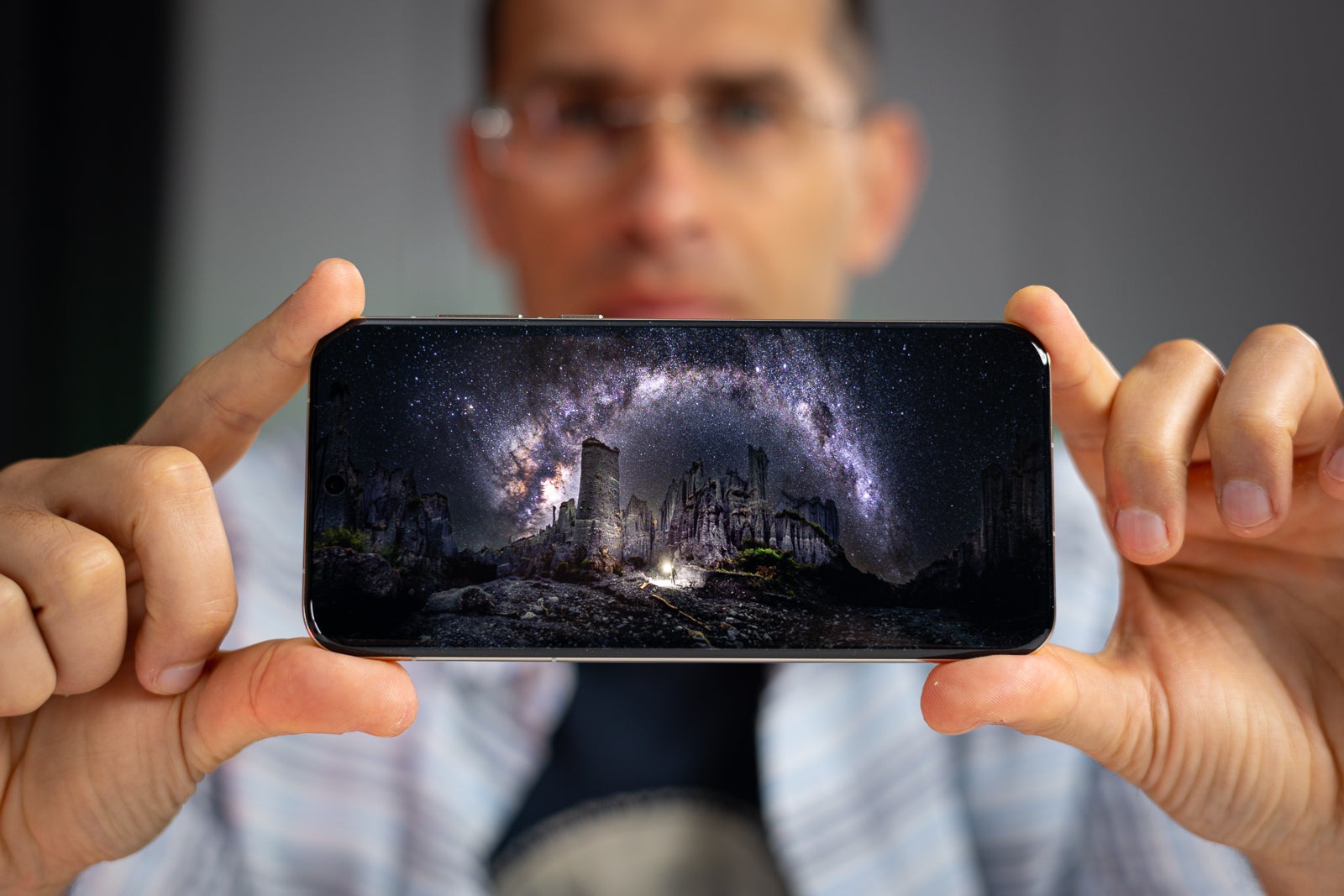

The display of the Pura 70 Ultra is almost flat
Huawei says the display can shine with 1,500 nits of brightness, and in our test, it managed almost 1,000. A pretty decent result, up there with other flagships. Bear in mind that the difference between 1,000 nits and 1,500 nits of peak brightness is not as big as between 300 and 800. It’s just how our eyes work, with their little rods, cones, and ganglion cells.
The colors are extremely accurate at 1.26 average deltaE, and the minimum brightness and color temperature values are also pretty good.
There’s highly customizable always-on mode, system-wide dark mode, as well as various other settings to tune the screen to your liking. You can let the phone manage the refresh rate in Dynamic Mode or force a high refresh rate of 120Hz. There’s also a standard 60Hz mode, which we presume nobody would ever use.
The facial recognition uses just the front camera, and judging by the way you set it up, it takes a picture. No fancy-schmancy 3D scan involved.
Huawei Pura 70 Ultra Camera
It pops-out!
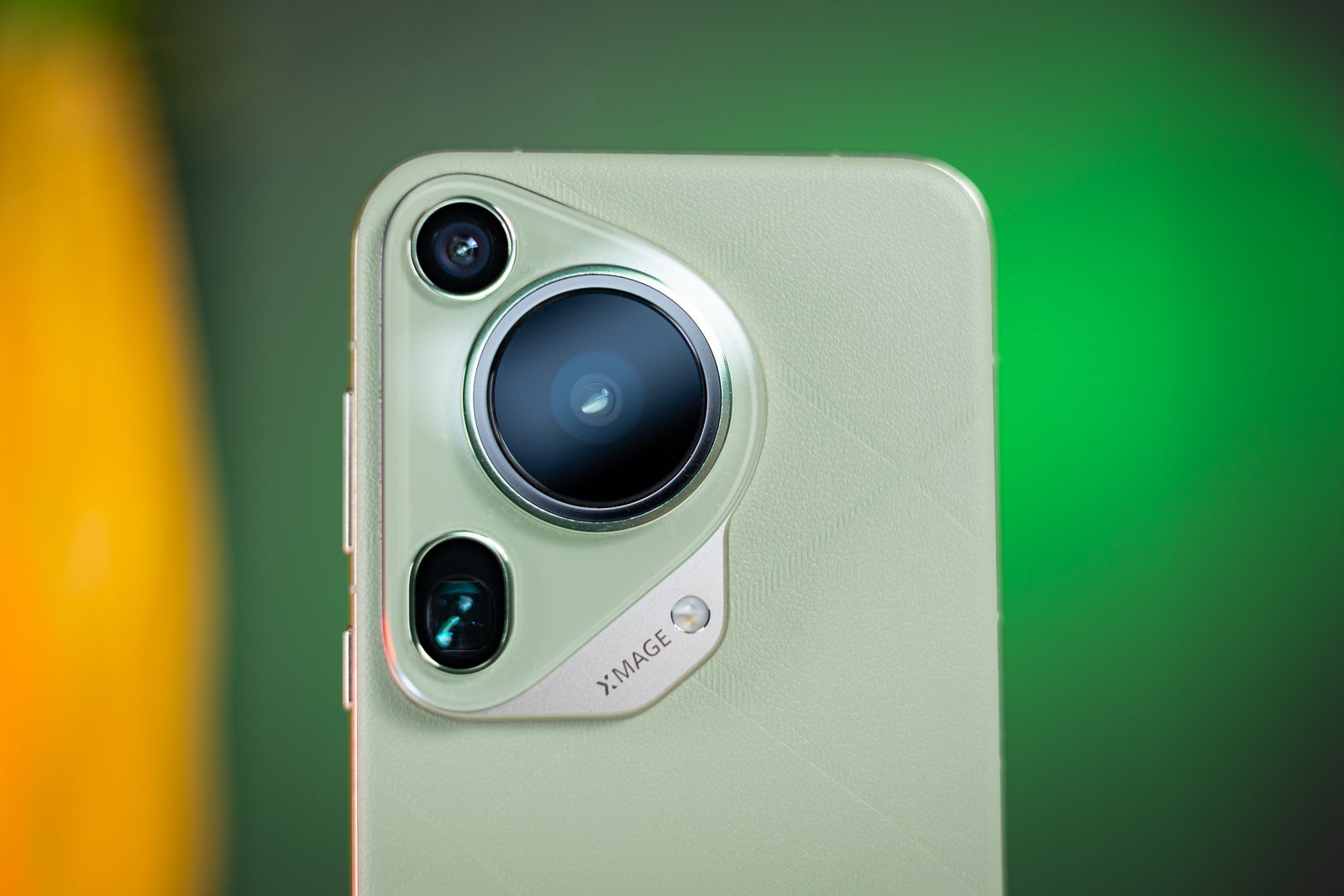

The ultrawide and telephoto cameras are somewhat in the background here, but there’s a new tele-macro mode (getting more and more popular) on the periscope zoom camera, as well as a physical aperture assisted portrait mode. Time to check out some samples.
Main Camera
Daylight photos from the main camera look great! The colors are natural, there’s plenty of detail, and the dynamic range is pretty good, too. At times (in very bright conditions), saturation and sharpness could be a tad up, but nothing major. Exposure is spot on, and so is the white balance in most of the shots.
In low-light conditions, the one-inch sensor does a very good job of catching those photons. Great details from the main camera, low level of noise, and pretty good job with the dynamic range, especially in tricky situations with lots of reflections and light sources.
Ultrawide Camera
Now, the ultrawide camera does a great job at preserving the tonal characteristics of the main sensor. There’s a fair amount of detail, too, and the dynamic range stays in check. The photos are just a little bit softer, and the exposure makes them look a little brighter as well.
Zoom Quality
There are three different zoom levels achieved in three different ways. We have a 2x crop from the main sensor, a 3.5x optical zoom from the telephoto lens, and a 10x digital zoom. The first two look pretty good, with the 3.5x sample looking the sharpest and closest to reality, while the 10x photo looks a bit washed out and soft.
Selfies
The 13MP selfie camera on the front comes with autofocus and the ability to take wider selfies. It’s not a night and day difference, but at 0.8x and W, you can get more things inside the frame (potentially people, if you, unlike me, have friends to hand with). The quality is pretty good, too—plenty of detail, good focus, and overall, Instagram-worthy pictures.
Portrait Mode
The Portrait mode on the Huawei Pura 70 Ultra is quite good, mainly due to the variable aperture of the main camera. It can go as low as F1.4, which leaves the lens pretty open, creating that desirable bokeh effect. There might be some processing going on as well, especially if you start tinkering with Aperture mode (it can go down to F/0.95), but if you keep things subtle, great results can be achieved.
Macro Shots
Finally, there’s a new tele-macro mode, which uses the periscope zoom camera to take extreme closeup shots, if that’s your thing. You can snap some pretty amazing macro shots in good lighting conditions using this system, but a closer look reveals that there’s some post-processing going on, especially if you engage the zoom while in macro mode.
Video Quality

The Pura video capabilities top at 4K@60fps, which should be more than enough for pretty much everyone. The video looks good, although there’s some lens flare going on, and it can be annoying at times. You can zoom in and out, switch between the different cameras, and also pause and resume the video while recording. Sometimes the phone fails to pick up focus when you switch between close and far objects quickly, which can be a problem, and we hope this will be rectified with a software update.
Huawei Pura 70 Ultra Performance & Benchmarks
Underpowered


Needless to say, Huawei is still playing catch up on the hardware front as the restrictions are getting tighter and tighter at the same time. Kudos to the company for trying to stay on top of it and for not abandoning the smartphone business altogether.
Performance Benchmarks:
In synthetic benchmarks, this chip lags behind the competition, and that’s understandable. The good news is that in real-life daily use, we didn’t observe any huge drops in performance. The Pura comes with ample 16GB of RAM, and you can get it with up to 1TB of storage, so no worries on the memory front. Huawei abandoned its proprietary nano memory slot, but it supported just 128GB, and those cards were very hard to get, so it’s not a big deal.
Huawei Pura 70 Ultra Software
Now, there are ways around this, but most of them require some extra effort, and some are in the gray area of legality. There are HMS versions of Google’s apps you can use, such as Petal Maps, Huawei Browser, Music, and Wallet, but it requires moving to a completely new ecosystem.
There are some interesting tidbits here and there, and Huawei isn’t impartial to the AI game either. There’s a smart assistant called Celia, and you can make her do various things for you. There are a bunch of features with the AI moniker before their name, such as AI Voice, AI Search, AI Touch, and AI Lens. They are not very sophisticated. AI Voice is Celia, AI Lens is a barcode scanner and translator, and it uses object recognition. AI Touch lets you tap with two fingers on an object to get a contextual search.
The Huawei Pura 70 Ultra will get two major OS updates and three years of security patches.
Huawei Pura 70 Ultra Battery
Here’s the thing…
We used the phone quite heavily during our test period, trying to emulate our test in real life as closely as possible, playing the occasional game, browsing, and watching videos. The phone was charged to 100% in the morning, and by the end of the day, we still had around 40–50%.
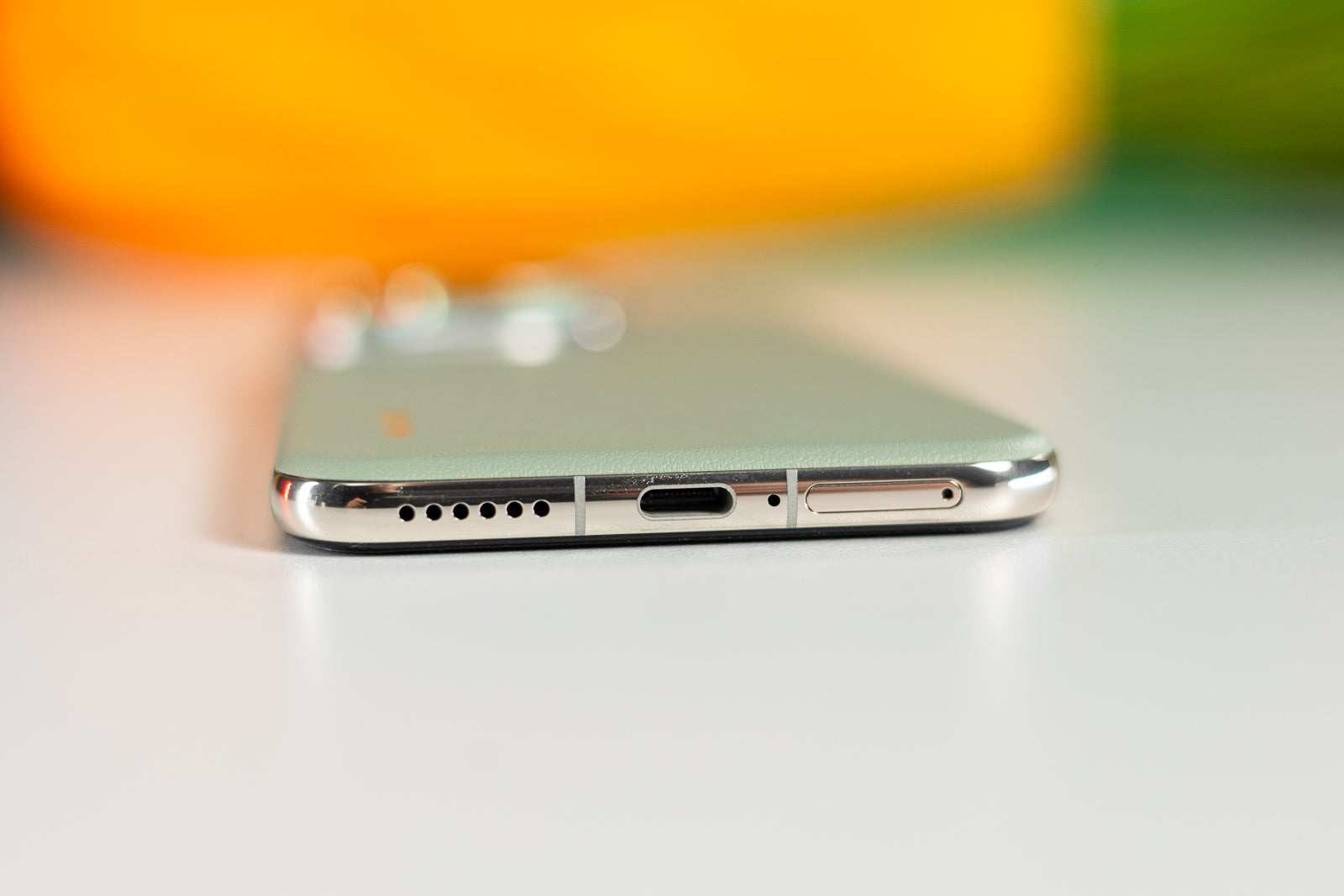

And because charging is so fast on this device, we let it sit through the night and still got 30–35% in the morning. We would say it’s a day-and-a-half phone, and you can push it to two days if you’re careful, but there’s no need because the 100W fast charging will top up the phone in mere minutes.
PhoneArena Charging Test Results:
The phone supports wireless charging with incredible speeds (80W) but you need Huawei’s proprietary charger to get the most out of it. The Pura can also charge other gadgets with up to 20W in reverse wireless charging mode, so there’s also that.
Huawei Pura 70 Ultra Audio Quality and Haptics
However, the highs are a bit harsh and ice-picky, and if you blow it out to the max, there is some distortion again in the high frequency range. The haptics are just okay. Vibration is tight and snappy but a bit on the weak side.
Should you buy it?
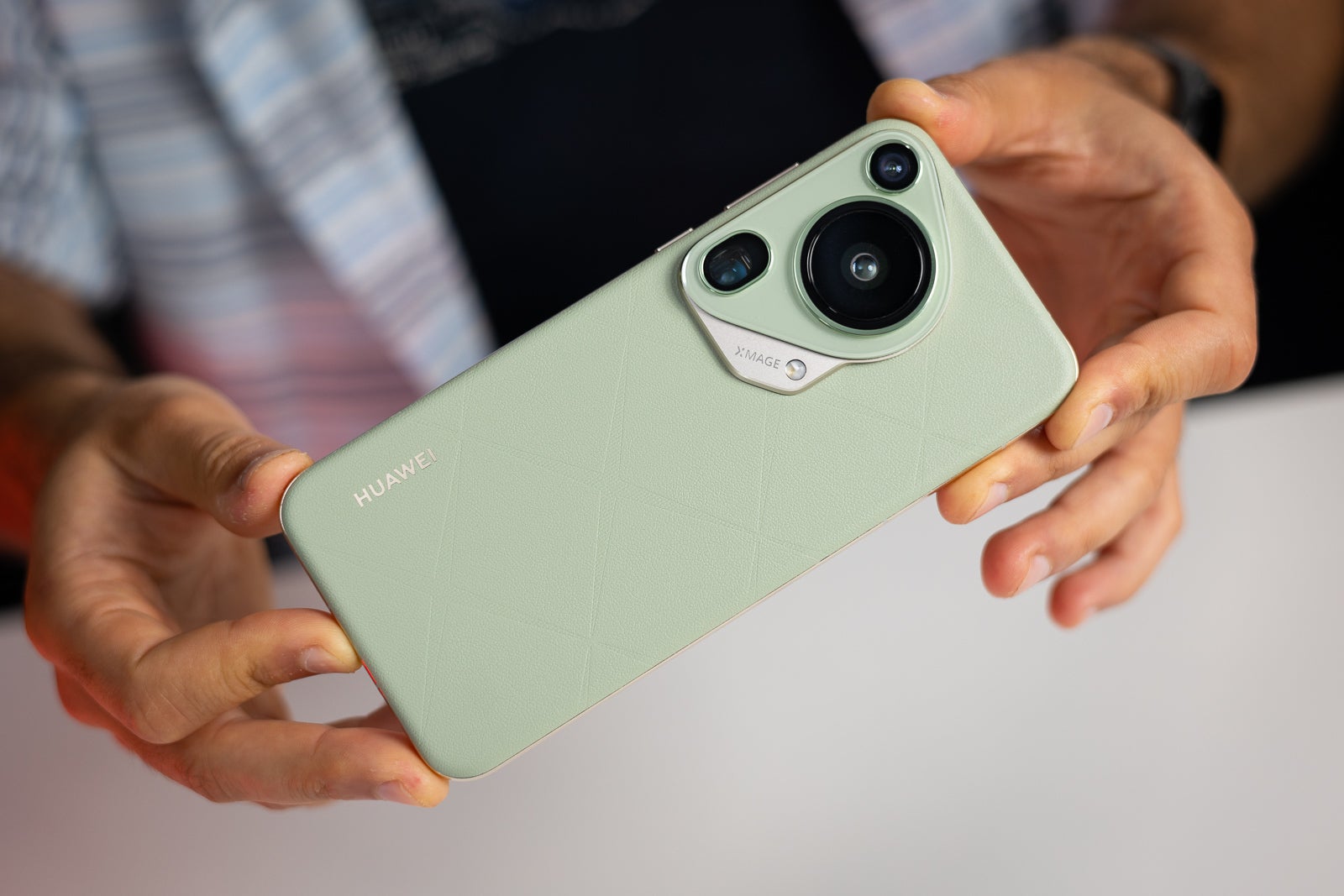

At the end of the day, only hardcore Huawei fans and people who want to be outside the mainstream ecosystems, would probably consider getting this phone.
